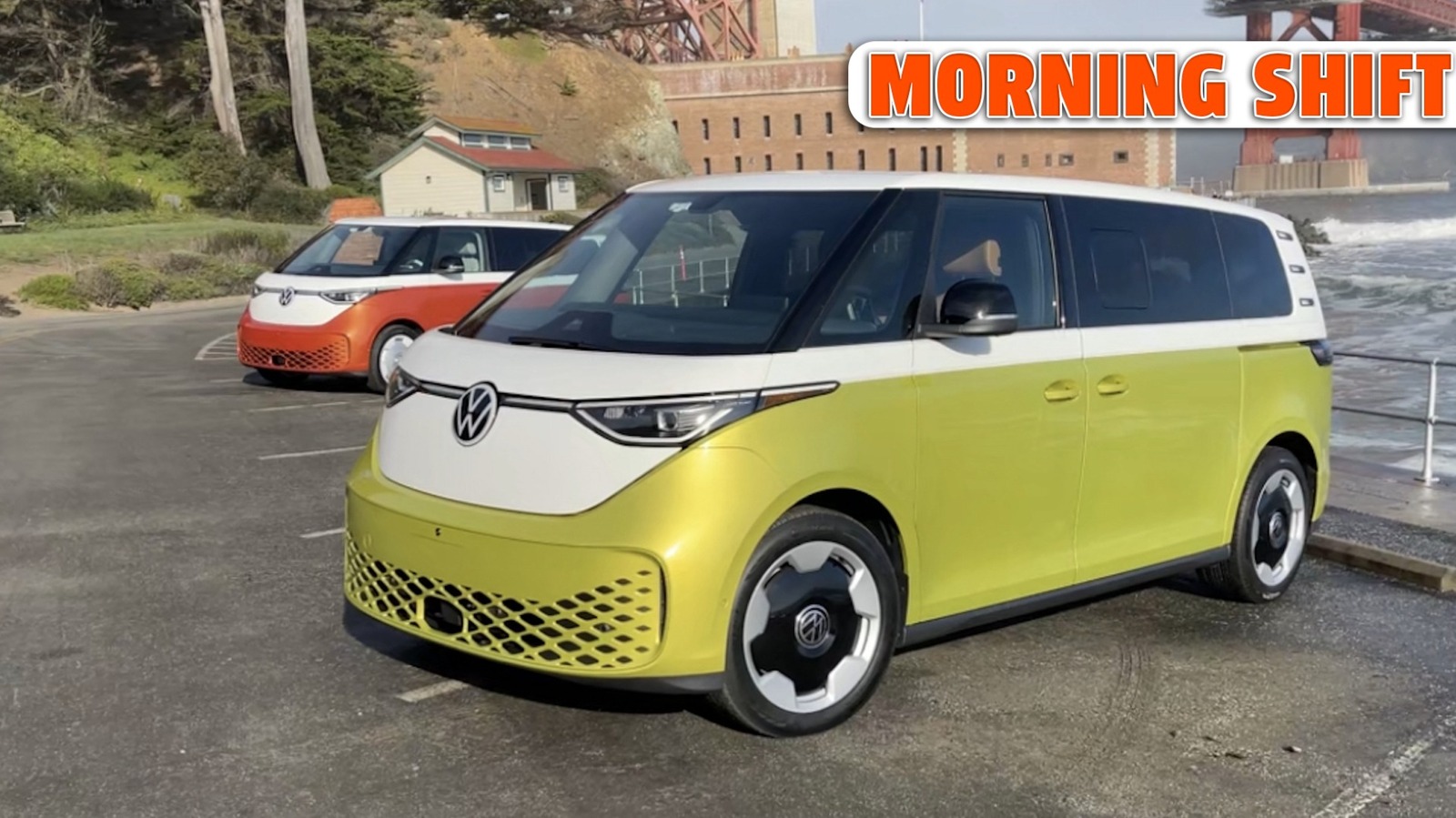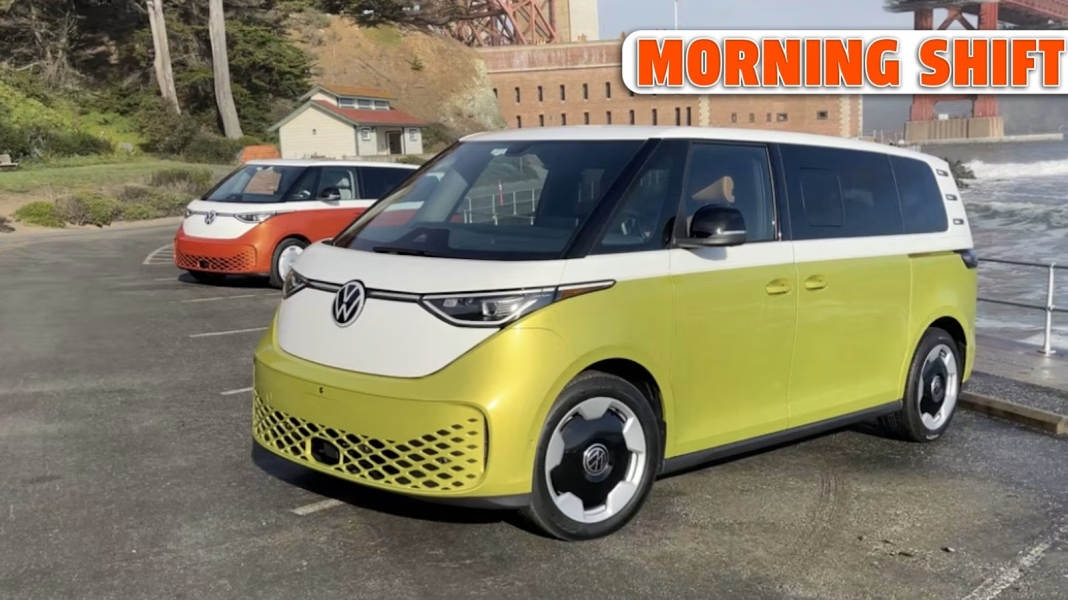How Are Tariffs Impacting Volkswagen’s Bottom Line Right Now?
Volkswagen is staring down the barrel of a $1.5 billion tariff bill, and the timing couldn’t be worse. These tariffs, largely a result of trade tensions and policy shifts initiated during President Trump’s administration, have thrown a wrench into VW’s carefully laid plans for global growth. The company, which has long relied on cross-border supply chains and international sales, now faces a major financial headache.
What does this mean in practical terms? For starters, Volkswagen’s costs are skyrocketing. Every car shipped across certain borders now comes with a hefty surcharge, which eats directly into profits. According to the European Automobile Manufacturers Association, tariffs like these can increase the cost of a single imported vehicle by thousands of dollars. That’s not just a line item on a spreadsheet—it’s a real threat to jobs, investment, and even the price you pay at the dealership.
Why Is Kia Poised to Benefit from Volkswagen’s Tariff Trouble?
While Volkswagen scrambles to adjust, Kia is quietly seizing the moment. The Korean automaker has managed to sidestep the worst of these tariffs, partly thanks to its production footprint and trade agreements. Kia’s strategy? Build more cars in regions less affected by new tariffs, and double down on markets where competitors are suddenly less competitive.
It’s a classic case of one company’s pain being another’s opportunity. With Volkswagen forced to raise prices or absorb losses, Kia can offer similar vehicles at a more attractive price point. This isn’t just theory—recent sales data from the International Organization of Motor Vehicle Manufacturers shows Kia gaining market share in several European countries where tariffs have hit rivals hardest. The lesson here: agility and smart production planning can turn global chaos into a competitive edge.
What’s Behind Tesla’s Latest European Setback?
Tesla, never far from the headlines, is facing its own set of challenges in Europe. While the company has made significant inroads with its Gigafactory in Germany, regulatory hurdles and shifting market dynamics have slowed its momentum. Recent reports from the European Commission highlight how evolving emissions standards and local content rules are making it tougher for non-European automakers to compete on a level playing field.
For Tesla, this means delays in approvals, higher compliance costs, and a tougher fight for market share. It’s not just about building great electric cars anymore—it’s about navigating a maze of regulations that seem to change every few months. And with European automakers ramping up their own EV offerings, the pressure is on like never before.
How Are Consumers and Dealers Feeling the Effects?
If you’re shopping for a new car, you might already be feeling the ripple effects. Dealers are reporting longer wait times for certain models, especially those affected by tariffs or regulatory snags. Prices are inching upward, and incentives are getting harder to find. According to a recent survey by J.D. Power, nearly 60% of European car buyers say they’ve noticed higher prices or fewer choices in the past year.
Dealers, meanwhile, are caught in the middle. They’re fielding tough questions from customers and trying to manage inventory in a market that feels anything but predictable. Some are turning to alternative brands—like Kia—that can deliver cars quickly and at a better price point. Others are doubling down on used vehicles or service offerings to keep the lights on.
What Moves Are Automakers Making to Adapt?
The smartest automakers aren’t just waiting for the storm to pass. Volkswagen is already exploring ways to localize more production, reducing its exposure to cross-border tariffs. Tesla is lobbying for clearer, more consistent regulations, while also investing in local supply chains. Kia continues to fine-tune its global strategy, looking for new markets and production partners that can help it stay nimble.
Industry analysts from McKinsey & Company point out that the winners in this environment will be those who can pivot quickly, manage costs, and keep a close eye on shifting regulations. It’s not just about building cars anymore—it’s about building resilience into every part of the business.
What’s the Real Takeaway for Drivers and Industry Watchers?
The big takeaway? Navigating the global auto market isn’t about perfection—it’s about smarter adjustments. Whether you’re a car buyer, a dealer, or just a fan of the industry, the landscape is changing fast. Start with one change this week—maybe it’s researching alternative brands or asking your dealer about new incentives—and you’ll likely spot the difference by month’s end. The road ahead might be bumpy, but those who adapt quickly are the ones who’ll come out ahead.


